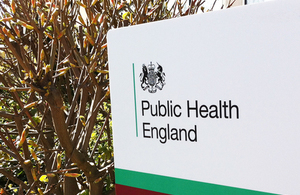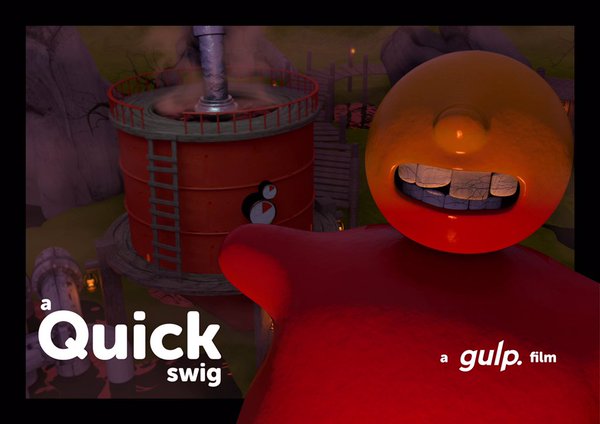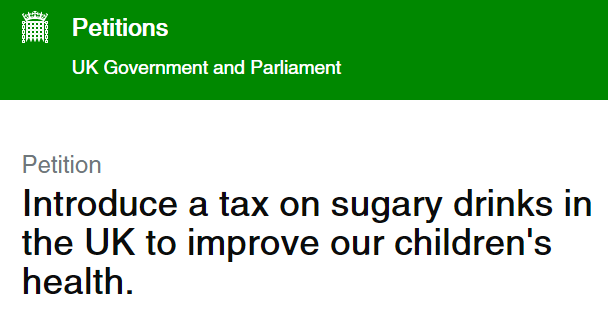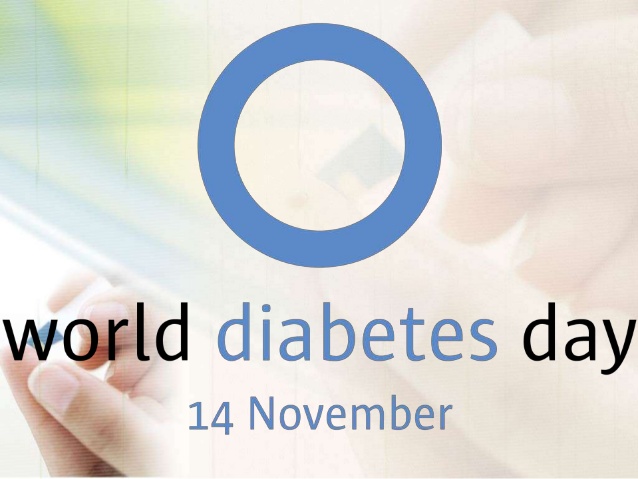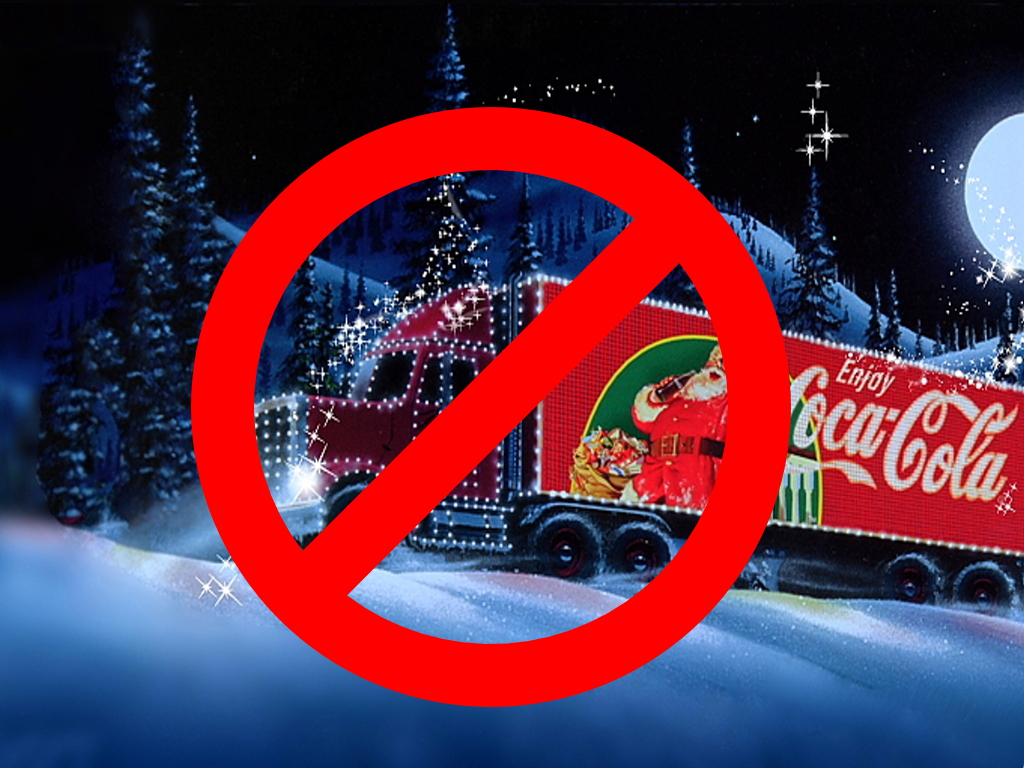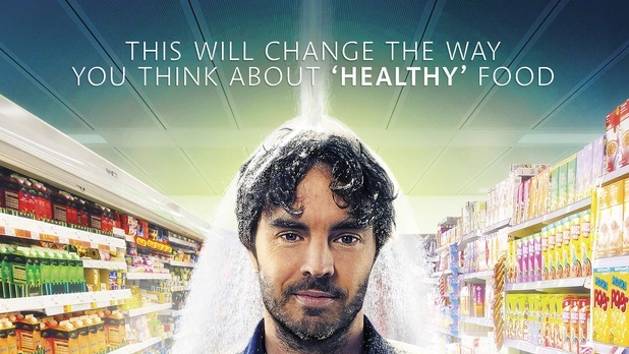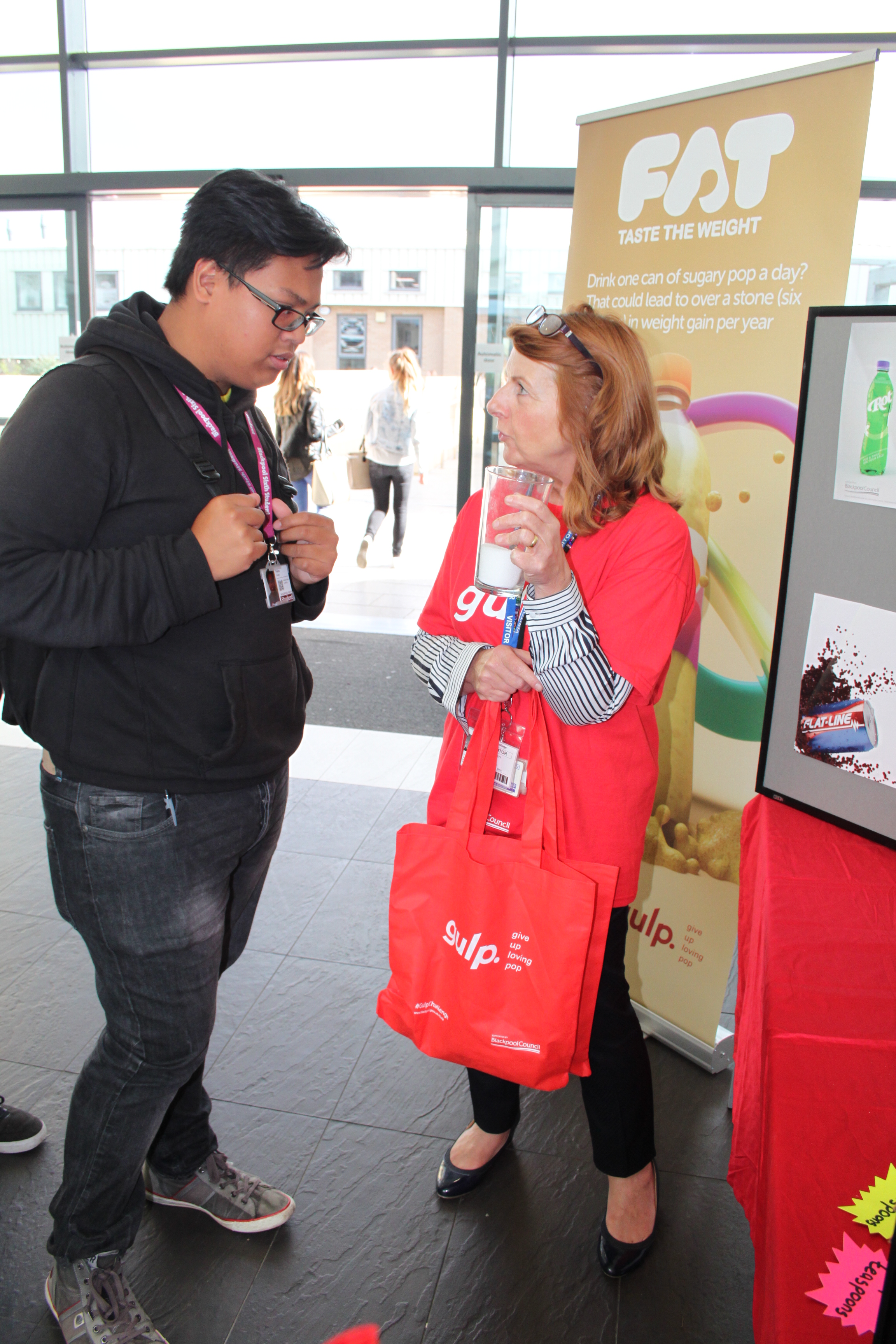New research from the Give Up Loving Pop (Gulp) campaign has revealed the extremely high levels of sugar in ‘breakfast drinks’; a new, fast-growing product category of drinks that have recently arrived in the UK.
- 18 out of 20 breakfast drinks surveyed contain dangerously high levels of sugar (>13.5g/portion or 11.25g/100ml) contributing to tooth decay, type 2 diabetes, cardiovascular disease and obesity.
- Products such as Fuel 10k’s Chocolate Breakfast Milk Drink are slipping under the radar despite containing only three grams of sugar less than a standard can of Coca-Cola.
- The ‘breakfast in a bottle’ concept- which includes products such as Fuel 10k, Weetabix On The Go, and Up&Go- is challenging the existing breakfast market, and has rapidly grown from nothing to £13m in three years. (1)
- Breakfast is fast becoming an inconvenience in the UK; last year, Brits consumed breakfast on the go an estimated 205 million times, up 13% on the previous year (2), and more food-to-go solutions are expected.
Following the Scientific Advisory Committee on Nutrition’s(SACN) report on Carbohydrates and Health (3) this summer, which suggested slashing our sugar intake by half, and vocal concerns about sugar from food campaigner, Jamie Oliver, breakfast drinks represent a new example of ‘stealthy sugars’.
Whilst the public are aware of the high sugar content of many popular soft drinks, and with the government facing calls to introduce a tax to reduce their consumption, research from the Give Up Loving Pop campaign reveals a new generation of breakfast drinks whose high sugar content is flying under the radar.
Stroll down the breakfast aisle in your local supermarket and you may not realise that breakfast drinks such as ‘Weetabix On The Go: Chocolate’ contain as much as 25g of sugar per serving (6 teaspoons). Similar offenders include the Up&Go Strawberry breakfast drink packed with 18.5g of sugar per serving (5 teaspoons). Demand for ‘breakfast in a bottle’ is growing rapidly creating a market worth £13million in less than three years.
With the UK’s growing obesity problem seeing no signs of slowing, public health campaigners are worried that the rise of breakfast drinks will draw the public away from healthier breakfast options and toward the consumption of breakfast drinks, that the research reveals, are often little better than Coca Cola.
Robin Ireland, Director of the Give Up Loving Pop campaign, comments:
“Breakfast should be the most important meal of the day, but with these ‘breakfast in a bottle’ drinks we’re seeing yet another avenue for sugar to infiltrate our daily diets. Our research reveals that the food and drink industry is still finding new and innovative ways to stealthily pack sugar into every meal of the day.”
“It’s becoming increasingly difficult to anticipate where sugar will turn up next in food and drinks.”
“With the nation struggling with bulging waistlines, the last thing we need are more stealthy sugars in our food and drinks. Recent scientific recommendations suggest that we should limit our consumption to 25-35g of sugar per day at most. We stand little chance of meeting these recommendations when people are likely to be drinking breakfast drinks not knowing that they sometimes contain as much as 32g of sugar per serving, just 3g of sugar less than a can of Coca-Cola!”
“You would assume that breakfast in a bottle would be the healthy option in the morning; but with some of these breakfast drinks you are almost drinking as much sugar as a can of coke!”
References
1) The Grocer (2015). Can breakfast drinks really hit £100 million in the next five years? (Accessed 08/09/2015) from: http://www.thegrocer.co.uk/reports/digital-features/breakfast-report-2015/can-breakfast-drinks-really-hit-100m-in-the-next-five-years/523385.article
2) The Grocer (2015). Pace of life pushes up breakfast on the go occasions up 13% (Accessed 08/09/2015) from: http://www.thegrocer.co.uk/reports/digital-features/breakfast-report-2015/pace-of-life-pushes-breakfast-on-the-go-occasions-up-13/523433.article
3) SACN. (2015). Carbohydrates and Health.
Appendix 1
Gulp Breakfast Drinks Survey 2015- All Data (PDF)
Notes to editors
- Give Up Loving Pop is England’s first campaign highlighting the health harms associated with the consumption of sugary drinks;. Launched in early 2015 the Give Up Loving Pop campaign is run by the Health Equalities Group; a Liverpool-based social enterprise whose mission is to improve the health of the public through informative health information campaigns. You can find out more about the Give Up Loving Pop campaign at www.giveuplovingpop.org.uk
- Research details- full survey sorted by sugar (g) per serving.
- 20 products were identified by searching for terms such as ‘breakfast drink’ and known brands through the online grocery websites of the big four supermarkets: Tesco, Asda, Sainsbury’s and Morrisons.
- Full product details can be found in Appendix 1.
- Colour coding based on new front of pack colour-coded nutrition labelling criteria. Sugars: Red>13.5g/portion or >11.25g/100ml; Amber >2.5<11.25g/100ml; Green <2.25g/100ml
- Research was carried out by Michael Viggars, Researcher at the Give Up Loving Pop campaign.
- The breakfast cereal marketplace may ultimately lose out to the expediency of the ‘breakfast in a bottle’ concept which generated £6.6 million for the Weetabix On The Go drink range in the UK alone last year with Fuel 10k also pushing the £1 million mark. Australia’s Up&Go breakfast drink entered the UK market in January 2015 and other cereal producers, particularly respected cereal producers such as Kellogg’s who have an established US brand- Kellogg’s To Go- will undoubtedly be keeping a close eye on how the marketplace develops.
- All this comes at a time when breakfast on the go is booming. Brits have carried breakfast out of the home and eaten it an estimated 205 million times in the past year, an increase of 13.2%. Spar grocery trading manager Henry Goodchild said, “We expect to see further focus on food-to-go solutions such as cereal and porridge pots in order to take advantage of the trend of eating outside the home”.
